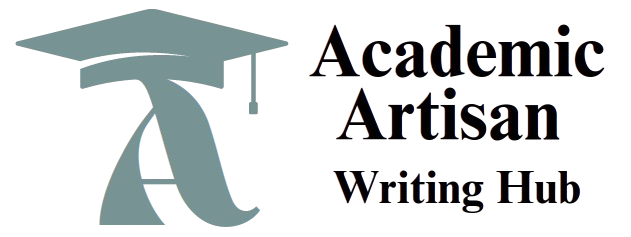WhatsApp Number: +1(249) 265-0080
Organizational Diversity and Inclusion
During this unit, we have focused on the importance of the organization’s culture to be based on acceptance and focused on diversity and inclusion. This assignment will have two parts.
Part 1: Create a diversity wheel diagram
The diversity wheel diagram represents the various dimensions of diversity within an organization. You will create a diversity wheel diagram based on the organizational dimensions, secondary dimensions, and core dimensions of the organization. You will create the diversity wheel diagram in a PowerPoint presentation.
Part 2: Explain the dimensions of the wheel and why each of these dimensions are important to the organization.
Finally, you will provide suggestions for how these dimensions can be improved to ensure a culture of acceptance for diversity and inclusion.
Part two should be a minimum of five pages and include two scholarly sources (not found within this Unit’s Required or Suggested Resources). Adhere to APA Style when constructing part two of this assignment, including in-text citations and references for all sources that are used; one of which must come from the CSU Library database.
You may create your own diversity wheel, or you may wish to use the diversity wheel template that has been created for you. If you choose to utilize the template, you are encouraged to tailor the image’s text, colors, background, and shapes to best suit your needs.
Check our essay writing services here
Organizational Diversity and Inclusion
Part 1: Diversity Wheel Diagram
(You would create this in PowerPoint with three concentric circles: Core Dimensions, Secondary Dimensions, Organizational Dimensions. I’ll describe it below for your slide.)
-
Core Dimensions (Innermost Circle): Age, gender, race, ethnicity, physical ability, sexual orientation.
-
Secondary Dimensions (Middle Circle): Education, marital status, religion, geographic location, income, work style.
-
Organizational Dimensions (Outer Circle): Job role, department, seniority, union affiliation, management status, work location.
This wheel visually represents how identity and diversity exist on multiple levels in the workplace.
Part 2: Explanation and Analysis
Introduction
Organizational culture thrives when it embraces diversity and inclusion. The diversity wheel helps organizations understand the multiple dimensions of employee identity that affect interactions, workplace satisfaction, and productivity. By recognizing these dimensions, organizations can foster acceptance, equity, and belonging.
Explanation of the Dimensions
-
Core Dimensions
-
These are the most permanent and visible traits of individuals such as age, race, ethnicity, gender, physical abilities, and sexual orientation.
-
They are crucial because they shape personal identity and influence how people are perceived in the workplace.
-
-
Secondary Dimensions
-
These include education, religion, income, marital status, and geographic location.
-
Unlike core traits, these characteristics may change over time. They shape interpersonal relationships and career opportunities.
-
-
Organizational Dimensions
-
These involve workplace-related characteristics such as job role, department, seniority, work location, union affiliation, and management status.
-
They strongly influence workplace power dynamics, collaboration, and…
-


